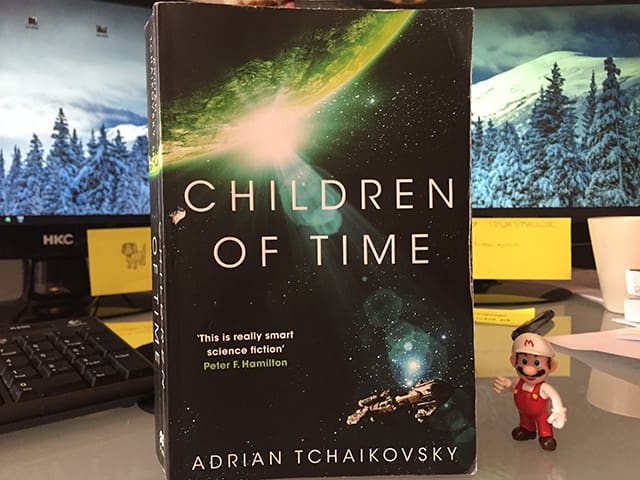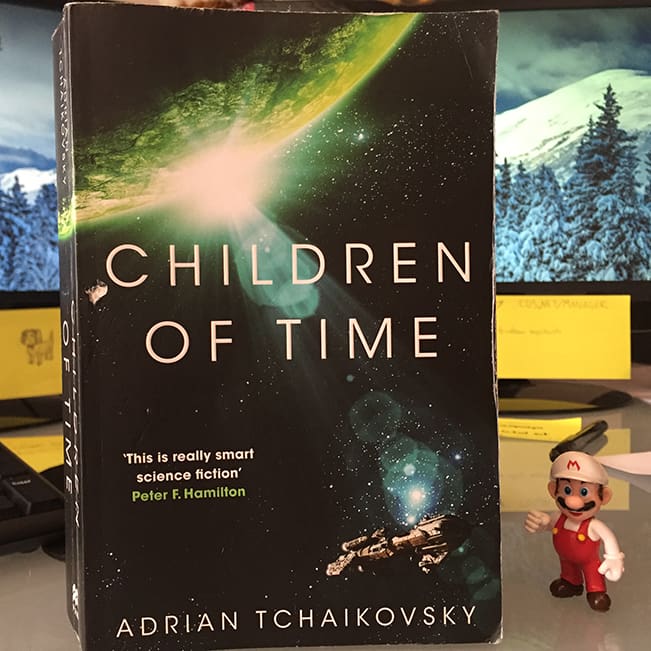Having worked at elastic for a month now, I can tell you that there are a lot of positives to working here. Edinburgh is very pretty, we have an office puppy, and the internet actually works.
However, there is one downside: the commute from Glasgow to Edinburgh.
While there’s nothing pretty about the train journey from Glasgow to Edinburgh, the worst part is the long stretch in the middle that has absolutely no mobile signal.
I’ve named it ‘the void’, and it makes for an incredibly dull commute.
Here we are now, entertain us
My first solution to this boredom problem was to consider buying a new laptop that would let me watch films, play games, and even get on with extra work if I felt like it.
I was all set to spend a few hundred pounds, when I decided to have a think. Was this really the best solution to my problem of being bored on the train?
While a laptop would let me watch films and play games, it also comes with a specific set of requirements.
- I’d need a seat
- Preferably a seat with a table
- I would possibly need a power socket
- I’d need to carry it around everywhere
Looking at the laptop in the context of my morning commute, it became clear that while watching films and playing games would help me be less bored, there were significant barriers to actually being able to do that.
For one thing, If I get a seat at all in the morning, it’s a miracle.
A better solution
Looking at my new set of requirements, I decided that instead of spending a few hundred pounds on a laptop, I would instead spend a grand total of £8.99.

It turns out that ‘Children of Time’ by Adrian Tchaikovsky, a science fiction novel about giant spiders in space, is a far better solution to my boredom problem than a new laptop.
Consider the advantages:
- I won’t need to charge a book
- I won’t need a table to comfortably use a book
- I won’t have to save my place in case the battery runs dry
- It won’t cost several hundred pounds
Okay, how does this relate to online content?
Much like the book I bought, your content should be the solution to your customers’ problem. However, you also need to take into account how your customers want to get that content.
For example, imagine that the majority of your customers are visiting your website using mobile devices. This provides a specific context for your content to inhabit, and with it a set of requirements.
- Your website now has to use as few images as possible, as your customers will be using potentially limited mobile internet
- You need to make the most of the real estate on the screen, as it’s now very limited
- You need to make sure that your website is easy to navigate with two fingers, or possibly even just one thumb
With this in mind, you can now go about making sure that your website is mobile friendly, and that your customers’ user journey is appropriate to their needs.
This could mean making a second, mobile specific version of your website, or making the design responsive so that it can cope with the demands of mobile traffic, and traffic from more traditional sources.
So, next time you’re creating content to fill your customers’ needs, bear in mind that the user experience on your website should do the same.
If you’d like to talk to us about mobile web design, user journeys, or science fiction books about giant spiders, let us know online or give us a call at 0131 467 7734.


